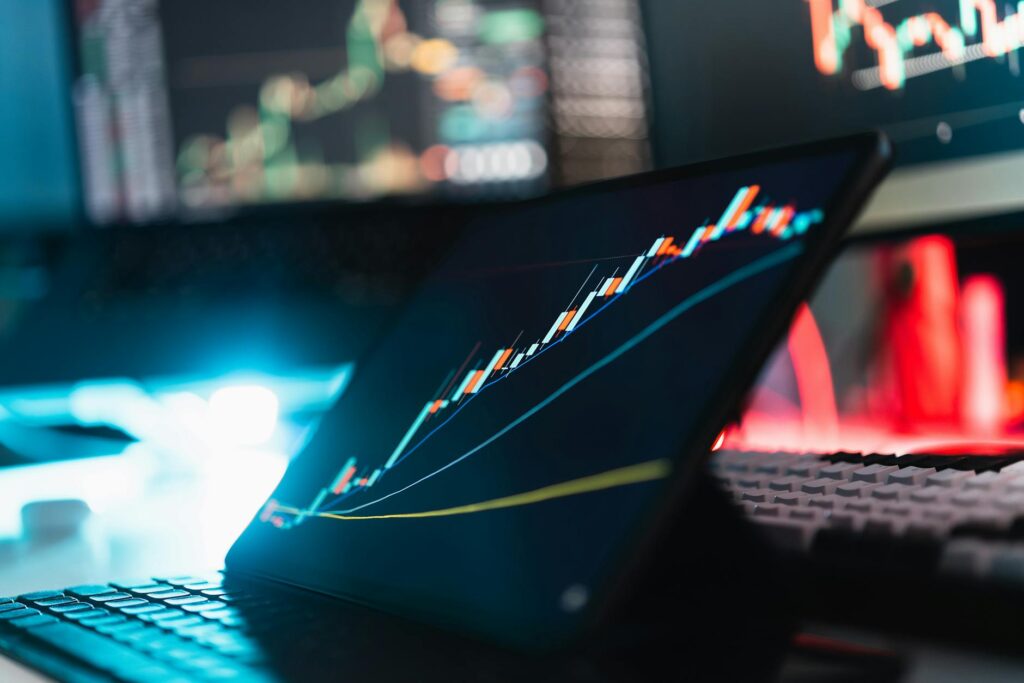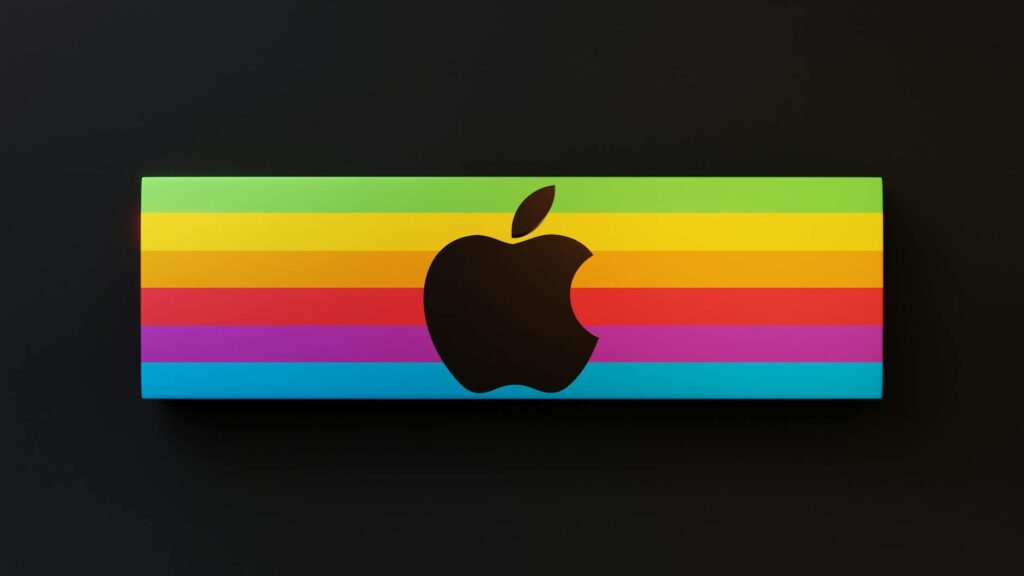We’re all obsessed with the future. Will this candidate win the election? Will our company hit its quarterly target? Will a new technology disrupt our industry? For decades, we’ve relied on a small pool of experts, pundits, and polls to guide us. And let’s be honest, their track record is… spotty. They often bring their own biases, rely on outdated data, and miss the subtle signals that point toward a different outcome. But what if there was a better way? What if we could aggregate the knowledge of thousands of people, incentivize them to be truthful, and create a living, breathing forecast that updates in real time? This isn’t science fiction. This is the world of prediction markets, and they are quickly emerging as one of the most powerful forecasting tools we’ve ever created.
Key Takeaways
- Prediction markets are speculative markets created for the purpose of making predictions on future events, from elections to sales figures.
- They operate like a stock market, where shares in an outcome are traded. The price of a share represents the market’s collective belief in the probability of that outcome occurring.
- Their accuracy stems from the ‘wisdom of the crowd,’ incentivizing participants with real money (‘skin in the game’), and their ability to rapidly incorporate new information.
- While incredibly powerful, they face challenges, including regulatory hurdles, the need for market liquidity, and the potential for manipulation.
- Decentralized platforms built on blockchain technology are pushing the boundaries and making these markets more accessible than ever before.
So, What Exactly Are Prediction Markets?
Forget complex financial jargon for a moment. At its heart, a prediction market is surprisingly simple. Think of it like a stock market, but instead of trading shares of Apple or Tesla, you’re trading shares in the outcome of a future event.
Let’s use a basic example. Imagine a market for the question: “Will it rain in New York City tomorrow?”
Two types of shares would be created: a “Yes, it will rain” share and a “No, it won’t rain” share. These shares trade between $0.00 and $1.00. The price at any given moment reflects the market’s consensus on the probability of that event happening. If a “Yes” share is trading at $0.70, the market is essentially saying there’s a 70% chance of rain. If you believe the real chance is higher, you’d buy “Yes” shares, hoping their price goes up. If you think the crowd is wrong and it’s less likely to rain, you’d buy “No” shares (which would be trading at $0.30, since the outcomes must add up to 100% or $1.00).
When the event happens—when we know for sure whether it rained or not—the market closes. If it rained, all the “Yes” shares become worth $1.00 each, and all the “No” shares become worthless ($0.00). If it didn’t rain, the opposite happens. Your profit or loss is the difference between what you paid for your shares and their final value. It’s a beautifully elegant system for converting widespread, distributed opinions into a single, actionable probability.

How Do They Actually Work? The Nuts and Bolts
While the concept is simple, the mechanics are what give prediction markets their power. It’s not just a poll with a dollar sign attached. It’s a dynamic ecosystem where information is priced and re-priced by the second. Let’s break down the core components that make it all tick.
The “Stock” of an Event
Every market is built around a specific, verifiable question. This is crucial. The question can’t be subjective like, “Was the movie any good?” It has to be something that will have a clear, undeniable yes-or-no or numerical answer at a specific point in time. For example:
- Will Candidate X win the presidential election?
- Will the Federal Reserve raise interest rates in their next meeting?
- Will ‘Avatar 3’ gross over $2 billion at the global box office by December 31, 2025?
For each possible outcome, a contract or “share” is created. In a simple yes/no market, you have two contracts. In an election market with multiple candidates, you might have a separate contract for each candidate to win.
The Price IS the Probability
This is the most important concept to grasp. The current trading price of a contract is the market’s real-time probability forecast. A contract trading at $0.25 implies a 25% chance of that outcome occurring. A contract at $0.90 implies a 90% chance. This isn’t set by an administrator; it’s the equilibrium point found by buyers and sellers constantly haggling over what they believe the true probability is. Someone with unique insight—a meteorologist seeing a new weather model, a political insider hearing a rumor—can act on that information by buying or selling, which in turn moves the price and incorporates that new information into the collective forecast for everyone to see.
The Payout
The financial incentive is what separates a prediction market from a casual chatroom. It forces discipline. When the outcome is known, the market resolves. Correct shares pay out at $1.00, and incorrect shares pay out at $0.00. This clear, binary outcome ensures that participants are rewarded for being right and penalized for being wrong. It’s not about who shouts the loudest; it’s about who correctly anticipates the future. This mechanism encourages participants to do their homework, think critically, and wager only when they feel they have an edge or superior information.
The “Secret Sauce”: Why Are These Markets So Accurate?
Time and time again, from presidential elections to internal corporate forecasts, well-run prediction markets have demonstrated an uncanny ability to outperform traditional experts and polls. The Iowa Electronic Markets, run by the University of Iowa, has a famous track record of beating major national polls in predicting U.S. presidential election results. So, what makes them tick so well? It’s not magic; it’s a combination of powerful psychological and economic principles.

Skin in the Game: More Than Just an Opinion
There’s a world of difference between answering a pollster’s question and putting your own money on the line. When there’s no cost to being wrong, people are free to express their hopes, biases, or partisan loyalties. Ask someone who they *want* to win an election, and their answer might be different from who they genuinely *think* will win. A prediction market cuts through that noise. By forcing participants to back their beliefs with cash, it filters out cheap talk and wishful thinking. People who are less certain will wager less, and those with strong, well-researched convictions will wager more, giving their information more weight in the final price. It’s a meritocracy of information.
The Wisdom of the Crowd in Action
The core idea, popularized by James Surowiecki’s book *The Wisdom of Crowds*, is that under the right conditions, the collective judgment of a large, diverse group of people is often smarter than that of any single expert within it. Prediction markets are perhaps the purest expression of this principle. They excel at aggregating vast amounts of dispersed information. One trader might be an expert on demographic trends in Florida, another might be closely following a candidate’s ad spending in Ohio, and a third might have a deep understanding of historical voting patterns. No single expert has all this information. But the market, through the pricing mechanism, combines all of their individual insights into a single, coherent forecast that is often more nuanced and accurate than any one of them could produce alone.
“Prediction markets aggregate the diffuse, tacit knowledge spread across a population, rewarding those who are right and penalizing those who are wrong, thus creating a powerful incentive for truth-seeking.”
A Dynamic, Living Forecast
Perhaps the biggest advantage of prediction markets over traditional methods is their speed. A poll is a snapshot in time. By the time its results are published, the information might already be stale. A prediction market, on the other hand, is a 24/7, living entity. The moment news breaks—a candidate’s gaffe, a strong economic report, a surprise product announcement—traders react instantly. They buy and sell shares based on how they think this new information will affect the final outcome. You can literally watch the probability of an event change in real-time as the world changes. This makes it an invaluable tool for tracking sentiment and momentum, not just getting a single static prediction.
Real-World Examples and Use Cases
This isn’t just a theoretical concept; prediction markets are being used right now to generate valuable insights across a huge range of fields. From public platforms anyone can join to private, internal markets used by Fortune 500 companies, their applications are expanding rapidly.
Politics and Elections
This is the most well-known application. Platforms like Polymarket, PredictIt, and the academic Iowa Electronic Markets have become go-to sources for political junkies and analysts. They often provide a more stable and arguably more accurate read on a race than the volatile world of media polls, which can swing wildly based on methodology and sample size. During an election night, watching the market prices fluctuate can give a clearer sense of the true trajectory of the race long before the official news networks are willing to make a call.
Business and Finance
Some of the most exciting applications are happening inside corporations. Companies like Google, Ford, and Microsoft have experimented with internal prediction markets to improve their corporate forecasting. Instead of relying on a few senior managers to estimate project completion dates or sales figures, they can tap the collective knowledge of their entire workforce. An engineer on the ground might know about a technical hurdle that management is unaware of, while a salesperson might have a better feel for customer demand in a specific region. The market allows these disparate pieces of information to be aggregated into a single, realistic forecast, helping the company allocate resources more effectively and avoid costly surprises.
Science and Technology
How do we know which scientific findings are solid and which are likely to fail replication? Prediction markets are being used to tackle this very problem. By asking researchers to bet on whether a published study’s results can be replicated, the markets can provide a probability score on the robustness of scientific research. Similarly, they can be used to forecast technological milestones, such as when we might achieve a certain level of AI capability or when a specific type of battery technology will become commercially viable.
The Challenges and Criticisms on the Road Ahead
Despite their immense promise, the path to mainstream adoption for prediction markets isn’t without its bumps. They face significant hurdles that need to be addressed before they can become a ubiquitous tool for forecasting.
- The Regulatory Maze: This is, by far, the biggest obstacle, especially in the United States. Regulators like the Commodity Futures Trading Commission (CFTC) often view these markets as a form of gambling or as unregistered swaps, leading to legal ambiguity and shutdowns of popular platforms. Finding a clear and sensible regulatory framework is essential for their long-term growth.
- The Need for Liquidity: A market is only as good as the number of people trading on it. A market with only a handful of participants can have volatile, uninformative prices. Attracting enough traders and capital (liquidity) to make the prices meaningful is a constant challenge, especially for niche or obscure topics.
- Risk of Manipulation: Could a wealthy individual or group try to manipulate a market to influence public opinion or simply to profit? It’s a valid concern. In theory, a large enough player could try to artificially inflate or deflate a price. However, in a liquid market, this is very expensive to do, as it means you’re betting against the collective wisdom of thousands of others who are incentivized to correct the price.
- Complexity and User Experience: For the average person, the concept can still feel intimidating. The user interfaces of many platforms can be clunky, resembling complex trading software rather than an intuitive, easy-to-use application. Simplifying the user experience is key to bringing in a wider audience.

The Future of Forecasting: Are Prediction Markets the Answer?
The rise of blockchain and decentralized finance (DeFi) is breathing new life into the prediction market space. Platforms like Augur and Polymarket are built on decentralized networks, which potentially allows them to operate outside the direct control of any single company or jurisdiction, addressing some of the regulatory concerns. This technology also allows for greater transparency and accessibility, letting anyone in the world with an internet connection participate.
Imagine a future where, instead of turning to a single TV pundit for their opinion, you can instantly see a global, real-time probability for almost any event. What are the odds of a recession in the next 18 months? What is the likelihood of a successful Mars landing by 2035? What is the chance of a specific drug passing its Phase 3 clinical trial? These markets could become a fundamental utility for information, a sort of truth engine for society.
They won’t ever be a perfect crystal ball. They are, after all, powered by us—fallible humans. But they represent a monumental step forward from our current forecasting methods. By harnessing collective intelligence and providing real incentives for accuracy, they offer a clearer, more honest, and constantly updating window into the future.
Conclusion
The world is an uncertain place, and our desire to peek around the corner will never fade. For too long, we’ve outsourced this task to a select few. Prediction markets challenge that model. They propose a more democratic, decentralized, and dynamic way of seeing what’s next. They are a powerful reminder that the most accurate information often isn’t held in one person’s head, but is distributed across the crowd, waiting to be aggregated. While challenges remain, their rise is undeniable. They are more than just a novelty; they are a fundamental shift in how we gather intelligence and make sense of the future.


